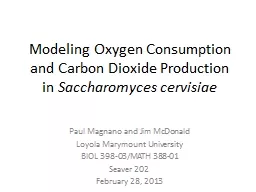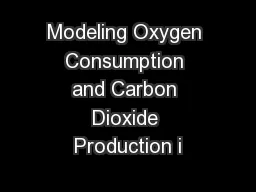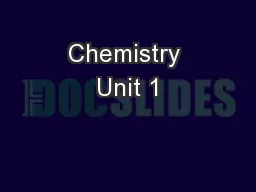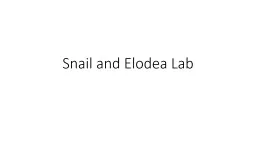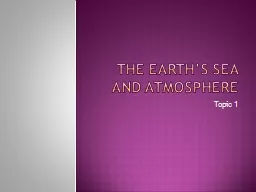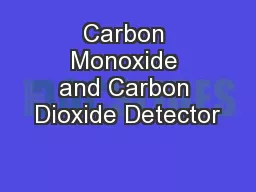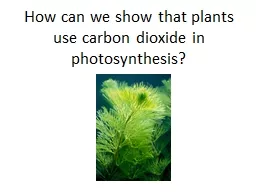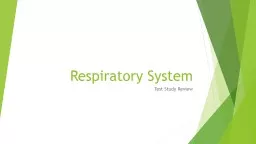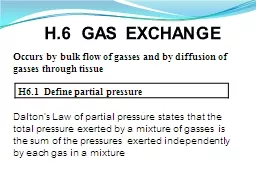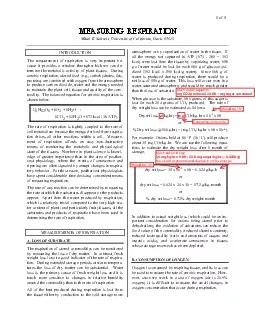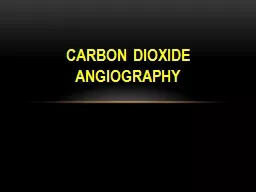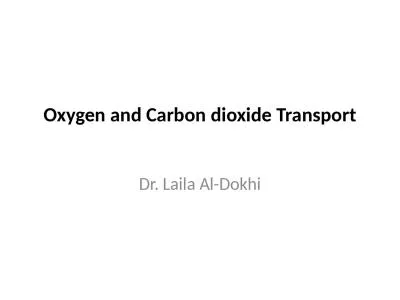PPT-Modeling Oxygen Consumption and Carbon Dioxide Production in
Author : test | Published Date : 2019-06-20
Saccharomyces cervisiae Paul Magnano and Jim McDonald Loyola Marymount University BIOL 39803MATH 38801 Seaver 202 February 28 2013 Outline Purpose and Significance
Presentation Embed Code
Download Presentation
Download Presentation The PPT/PDF document "Modeling Oxygen Consumption and Carbon D..." is the property of its rightful owner. Permission is granted to download and print the materials on this website for personal, non-commercial use only, and to display it on your personal computer provided you do not modify the materials and that you retain all copyright notices contained in the materials. By downloading content from our website, you accept the terms of this agreement.
Modeling Oxygen Consumption and Carbon Dioxide Production in: Transcript
Download Rules Of Document
"Modeling Oxygen Consumption and Carbon Dioxide Production in"The content belongs to its owner. You may download and print it for personal use, without modification, and keep all copyright notices. By downloading, you agree to these terms.
Related Documents

